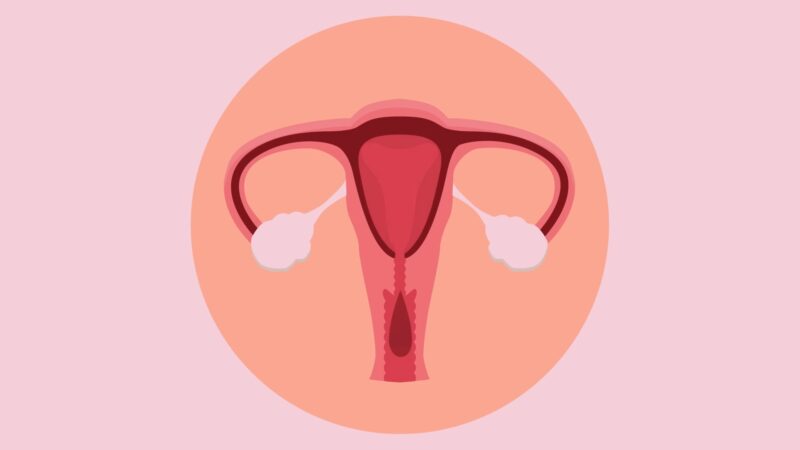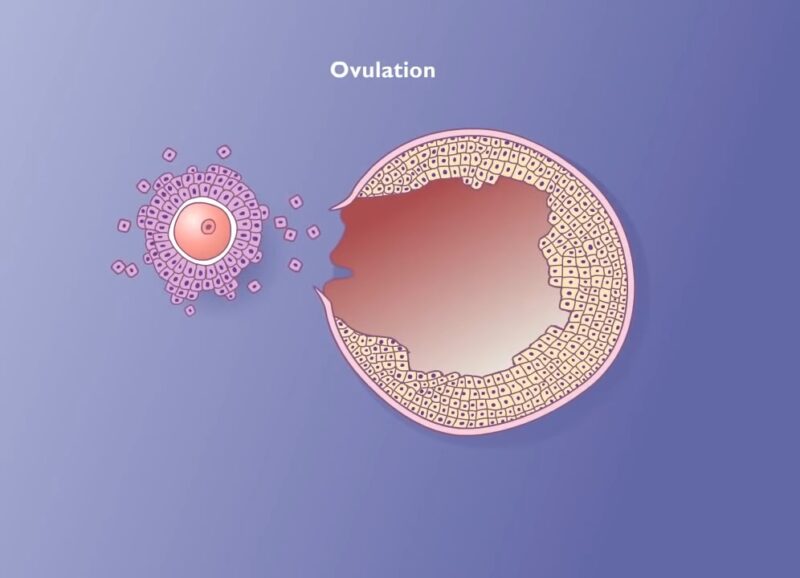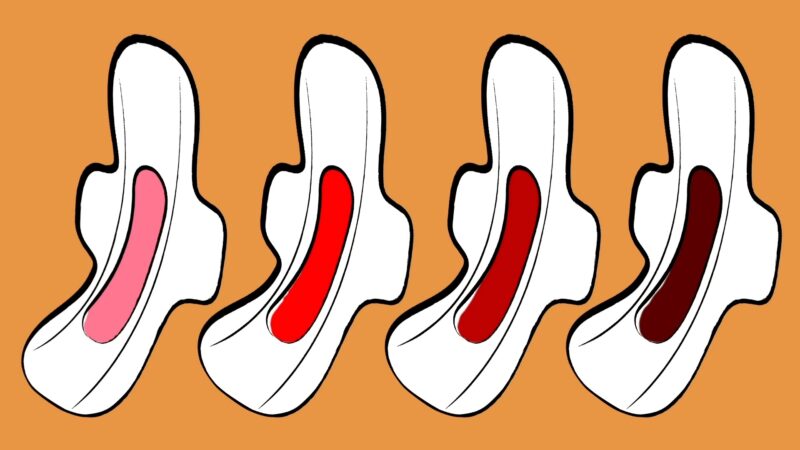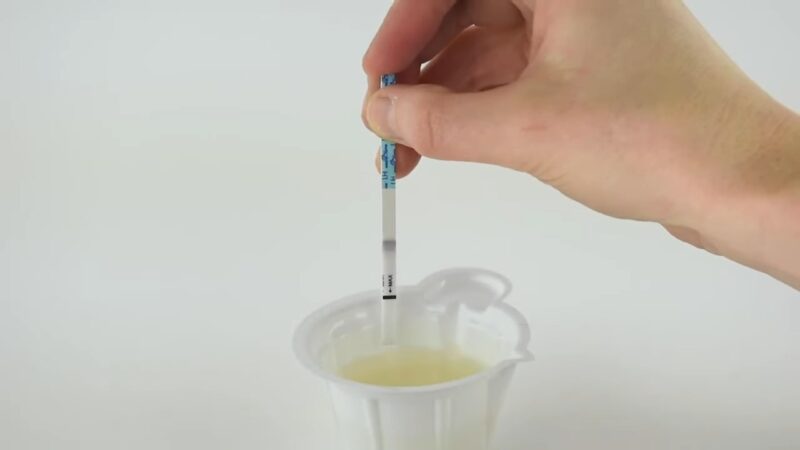Have you ever noticed a slight, unexpected spotting during your menstrual cycle? Don’t worry, you’re not alone. Many of us experience those little surprises that leave us wondering what’s happening. One such occurrence is ovulation bleeding – a gentle reminder that our bodies have their own unique ways of letting us know what’s going on inside.
Today we’ll explore what it is, why it happens, and how you can embrace these natural fluctuations with a touch of understanding.
Defining Ovulation Bleeding

Ovulation bleeding, distinct from menstrual bleeding, is a light spotting that occurs around the time of ovulation. It’s a brief, often overlooked event but holds significance in understanding a woman’s reproductive health.
Characteristics
Unlike the more prolonged and heavier menstrual bleeding, ovulation bleeding is typically light, lasting just a day or two. Its color can vary from a faint pink to a richer brown. This spotting often coincides with other ovulation symptoms, such as a twinge of pelvic pain or a noticeable increase in clear, stretchy cervical mucus.
| Symptom | Description |
|---|---|
| Light Spotting | Delicate pink or brown spotting that differs from heavier menstrual bleeding; lasts 1-2 days. |
| Pelvic Pain (Mittelschmerz) | Mild, temporary pain on one side of the lower abdomen; coincides with ovulation. |
| Changes in Cervical Mucus | Increased production of clear, stretchy cervical mucus, resembling egg whites. |
| Breast Tenderness | Hormonal changes causing breast sensitivity or tenderness. |
| Increased Libido | Uptick in sexual desire due to hormonal fluctuations. |
| Changes in Basal Body Temperature | Slight temperature drop followed by a rise indicates ovulation. |
| Heightened Senses | Reports of heightened taste, smell, or vision during ovulation. |
| Increased Energy | Temporary boost in energy levels attributed to hormone surges. |
How Common is It?
Ovulation bleeding isn’t a universal phenomenon that all individuals experience. While a significant number of women might never encounter ovulation bleeding throughout their reproductive years, estimates suggest that approximately 5% of women might notice spotting during their ovulatory phase.
It’s important to recognize that the occurrence of ovulation bleeding varies widely from person to person, and not everyone will have this experience.
What Causes this Bleeding?

The exact cause of ovulation bleeding is not definitively established, but it’s believed to be linked to hormonal fluctuations that occur during the process of ovulation. Several factors contribute to this phenomenon:
- Hormonal Shifts: As an egg matures within the ovary, there are shifts in hormonal levels, primarily involving estrogen and luteinizing hormone (LH). These hormonal changes trigger the release of the mature egg from the ovarian follicle, marking the ovulation phase of the menstrual cycle.
- Follicle Rupture: Ovulation involves the rupture of the mature ovarian follicle to release the egg. This rupture can lead to a small amount of bleeding as blood vessels within the follicle break, resulting in the escape of blood into the surrounding tissue.
- Uterine Changes: The hormonal changes associated with ovulation can also influence the uterine lining, known as the endometrium. This may cause minor shedding of the uterine lining, resulting in some spotting.
- Cervical Changes: Hormonal fluctuations during ovulation can affect the cervix, causing changes in its mucus production and texture. These changes facilitate the passage of sperm through the cervix and into the uterus. The cervix might become more sensitive during this time, possibly contributing to spotting.
- Vascular Sensitivity: Some researchers propose that the increased vascularity of the reproductive organs during ovulation might make blood vessels more sensitive and prone to minor bleeding.
How to Distinguish It from Other Bleeding?

Differentiating ovulation bleeding from other types of vaginal bleeding is crucial. It not only aids in understanding one’s body but also ensures timely medical intervention when needed.
Menstrual Bleeding vs. Ovulation Bleeding
Menstrual bleeding, which marks the beginning of the cycle, is typically heavier and can last between 3-7 days. Ovulation bleeding, in contrast, is brief and light. The timing within the cycle, the associated symptoms, and the flow’s nature can help differentiate the two.
Implantation Bleeding
Another event to consider is implantation bleeding, which occurs when a fertilized egg attaches itself to the uterus. This too is characterized by light spotting but happens post-ovulation, closer to the expected period date. Its similarity in appearance to ovulation bleeding can sometimes lead to confusion.
Tracking and Predicting Ovulation

Gaining insights into one’s ovulation can be a boon, especially for those trying to conceive or those using natural methods to avoid pregnancy. Ovulation bleeding can serve as a useful marker. Understanding one’s ovulation pattern can be empowering.
For couples trying to conceive, it pinpoints the most fertile window, increasing the chances of pregnancy. Conversely, for those using natural birth control methods, it helps identify days to be extra cautious.
Methods to Track Ovulation
While ovulation bleeding is one sign, there are other reliable methods to track ovulation. Ovulation predictor kits, which measure hormone levels in urine, are popular. Monitoring basal body temperature, which sees a slight rise post-ovulation, can also be effective. Observing changes in the consistency and quantity of cervical mucus provides additional clues.
When to Seek Medical Advice?

While ovulation bleeding is typically benign, it’s essential to recognize when it might be indicative of an underlying issue and when to seek medical counsel.
Prolonged or Heavy Bleeding
Spotting that extends beyond a few days or unexpectedly heavy bleeding warrants medical attention. It might not be related to ovulation and could be indicative of other conditions like fibroids, polyps, or infections.
Other Symptoms
Ovulation bleeding, when accompanied by other unusual symptoms like severe pain, dizziness, or fatigue, should be a signal to consult a healthcare professional. It’s always better to err on the side of caution.
FAQs:
Can ovulation bleeding be mistaken for a light period?
Yes, this might happen but the timing and characteristics are different.
What should one do if they notice spotting a few days before their period?
It’s advisable to take a pregnancy test if spotting is noticed a few days before the period.
When is bleeding considered severe?
If bleeding requires changing a tampon or pad after less than two hours or passing clots the size of a quarter or larger.
Can I prevent ovulation bleeding?
Since the exact cause of this condition isn’t fully understood, there’s no specific way to prevent it.
Can this occur during pregnancy?
Ovulation bleeding is unlikely to occur during pregnancy, as ovulation generally ceases during pregnancy.
Conclusion: Embracing Our Bodies
The female body, with its rhythms and cycles, is a testament to nature’s design. From preparing for potential life to the intricate processes that sustain it, every aspect, including ovulation bleeding, is a piece of a larger, beautiful puzzle.
Being informed is empowering. When women understand events like ovulation bleeding, they can better advocate for their health, make informed decisions, and embrace their bodies’ natural processes with appreciation and wonder.
By understanding and recognizing it, women can be more in tune with their bodies, making informed decisions and seeking timely care when needed.
